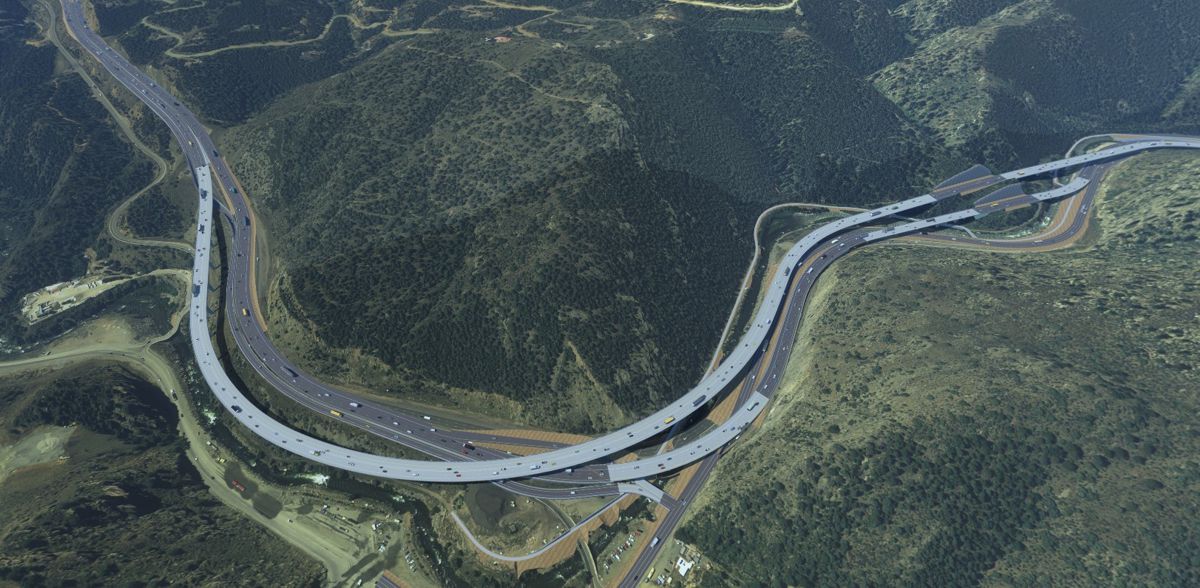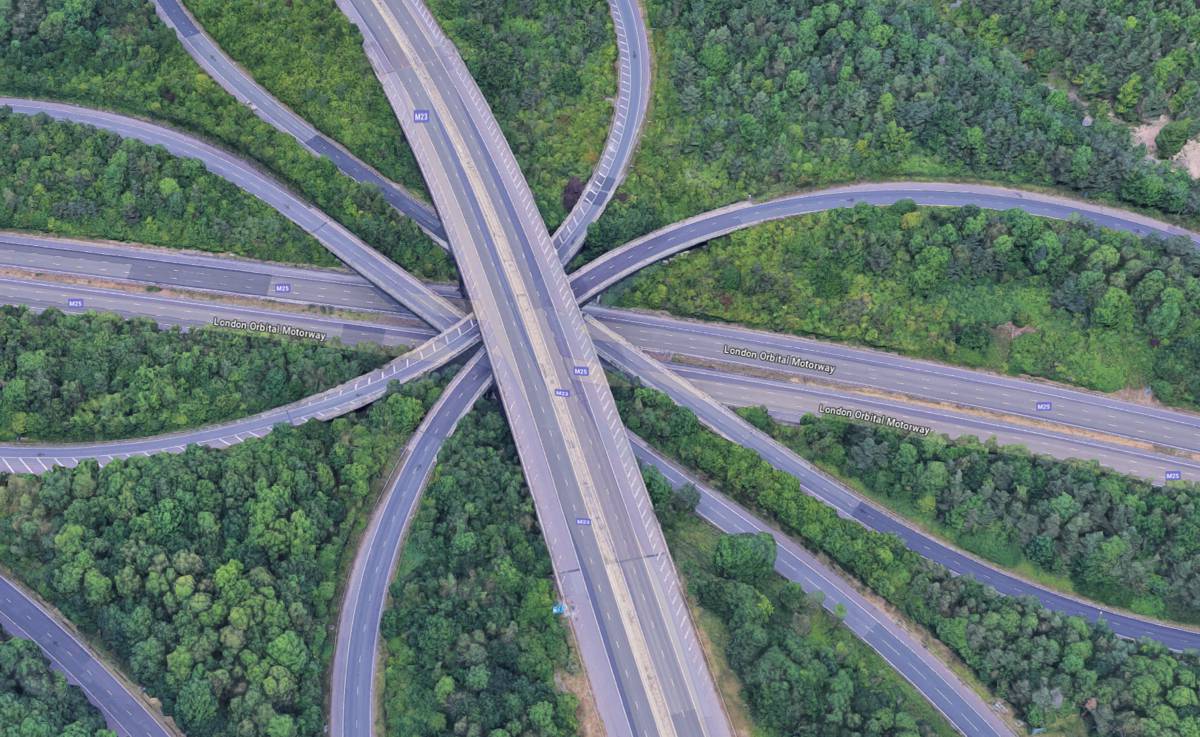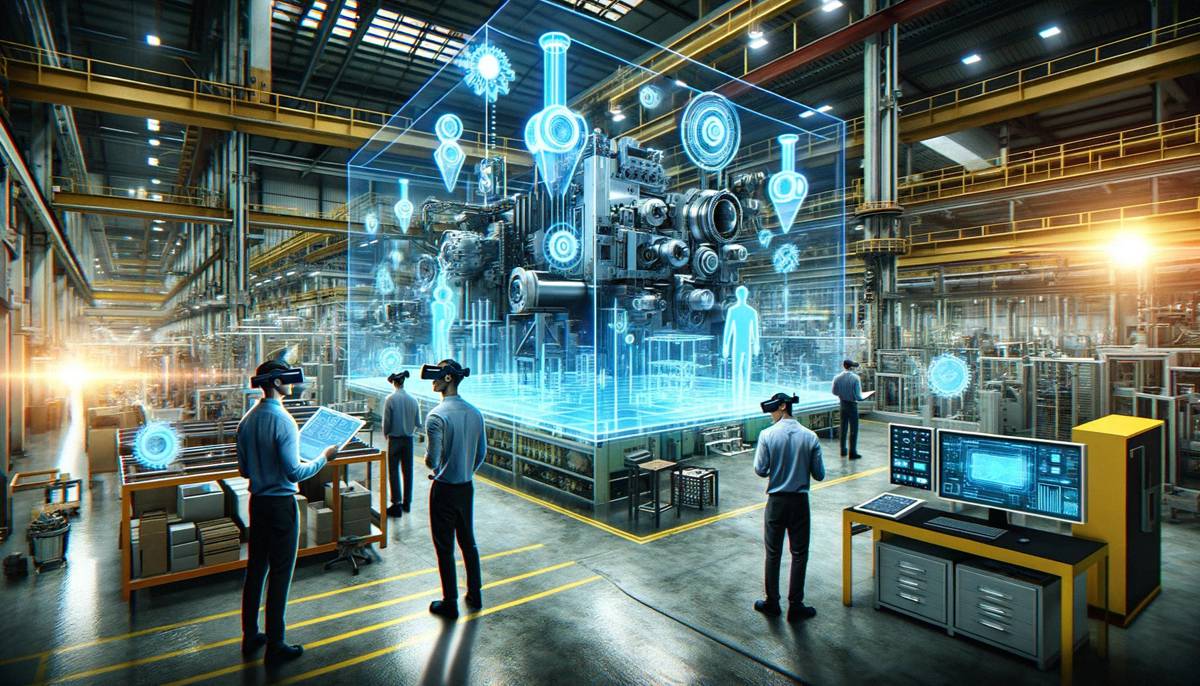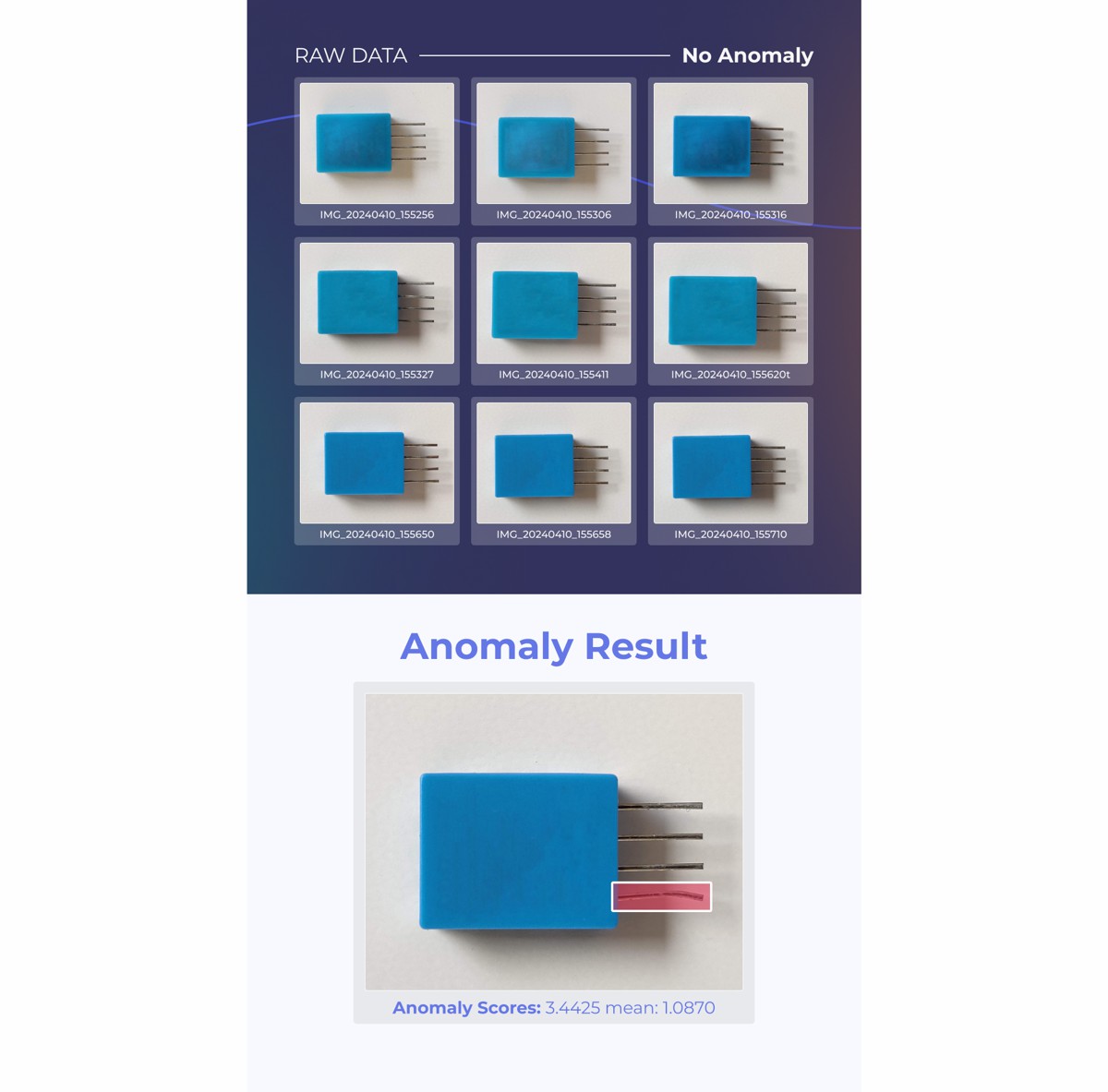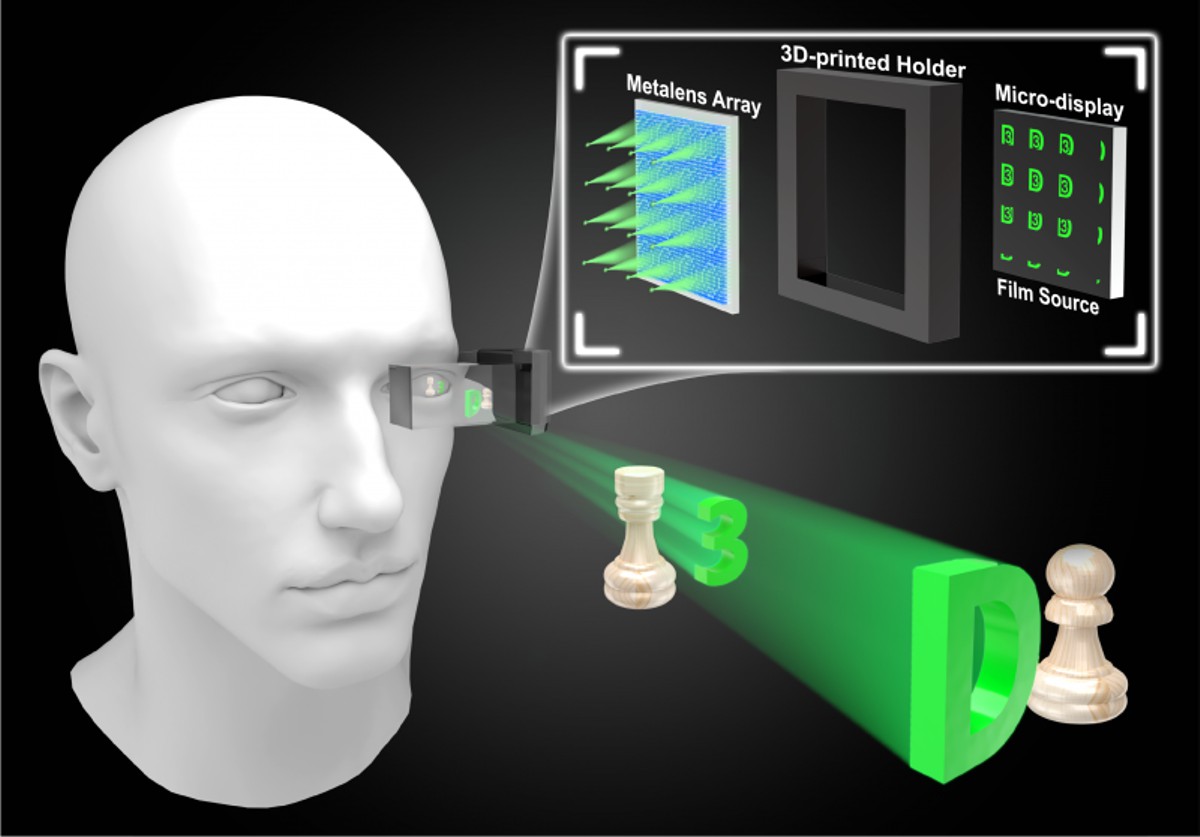Scan to BIM allows Reverse Engineering from 3D Vision Data
Korea Institute of Civil Engineering and Building Technology has developed building scan to BIM (Building Information Modelling)-based reverse engineering technology required for 3D geospatial information modelling domains such as digital twin information modelling.
Scan to BIM-based reverse engineering technology was studied to prevent errors and rework caused by manual work when modelling shapes or BIM from 3D scan data. Existing reverse engineering work is either done based on a lot of manual work or semi-automatically using expensive overseas software.
KICT Research Fellow Dr. Kang Tae-wook and the international joint research team (University of North Florida, Prof Jonghoon Kim., Purdue University, Prof Kyubyung Kang., IUPUI, Prof Dan Koo., The State University of New York, Prof Jongseong Brad Choi) developed Scan to BIM technology customized for each reverse engineering purpose based on accumulated 3D vision, deep learning, and data processing pipeline technologies.

This technology automatically segments objects from 3D point cloud data, extracts shape information, and creates BIM objects. Through this, information model creation time and rework required for digital twins can be dramatically reduced. In this regard, productivity analysis cases were presented through SCIE paper (Kang, 2023, Scan to BIM Mapping Process Description for Building Representation in 3D GIS, Applied Sciences). According to published data, this technology improves reverse engineering productivity by 23.7 times and improves the amount of modelling information by 110.21%. Additionally, this technology can be customized depending on the purpose.
This technology is used for 3D precision map construction, 3D vectorizing, abnormal pattern detection during construction site safety management, precise construction management, and 3D digitalization of spatial information using the location, size, and direction information of objects required from scanned image data, etc. It can be used as a base technology that can be used in vision-based robotics and autonomous driving support systems.

The Scan to BIM pipeline we are working on normalizes the reverse engineering engineering process into task units so they canㅇ be assembled. Reverse engineering tasks are predefined, including LoD processing, classification, and geometry generation. This technology provides Scan to BIM Description Language (SBDL) to connect and assemble tasks. Credit: Korea Institute of Civil Engineering and Building Technology(KICT).
The developed technology is being tested on-site with a scan reverse engineering company (BNG Co., Ltd) collaborating with Trimble Building Point in Korea and overseas partner organizations. In addition, for the development of the industry, some technologies were open-sourced and shared on GitHub.
Dr. Kang said: “Currently, Scan to BIM reverse engineering automation technology is difficult to specialize for each purpose in construction, and the cost for the AEC (Architecture, Engineering, and Construction) industry to utilize the technology is also high.”
“The recently developed Scan to BIM technology will greatly help AEC domestic industrial competitiveness,” he added.



